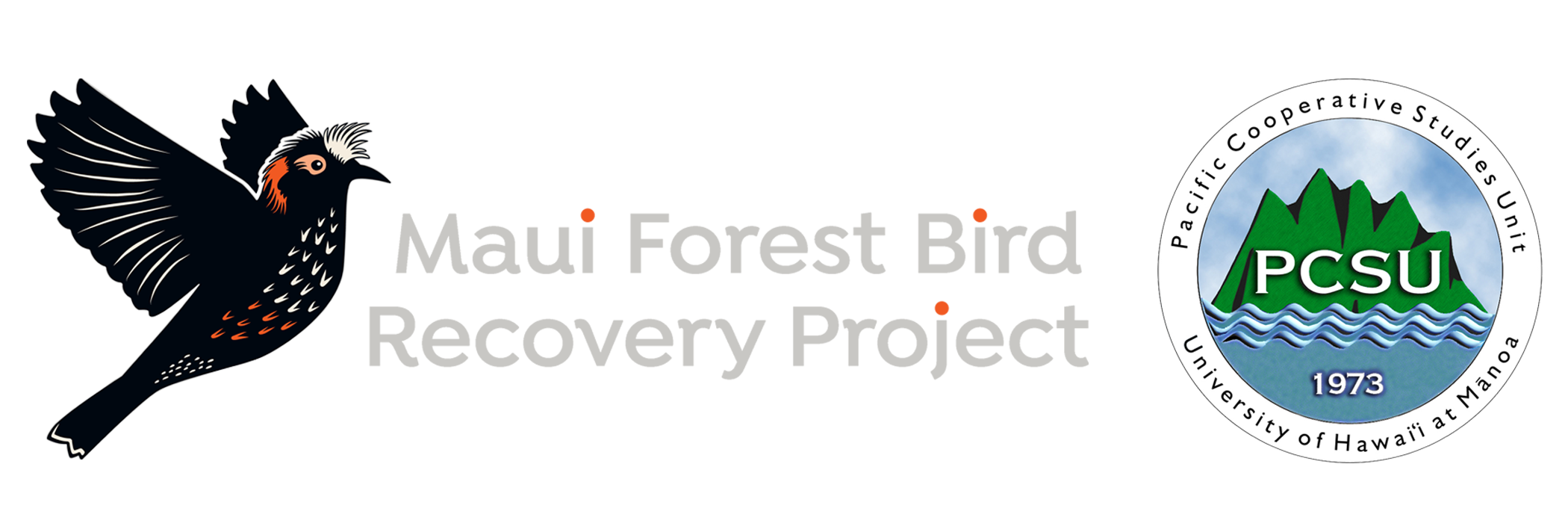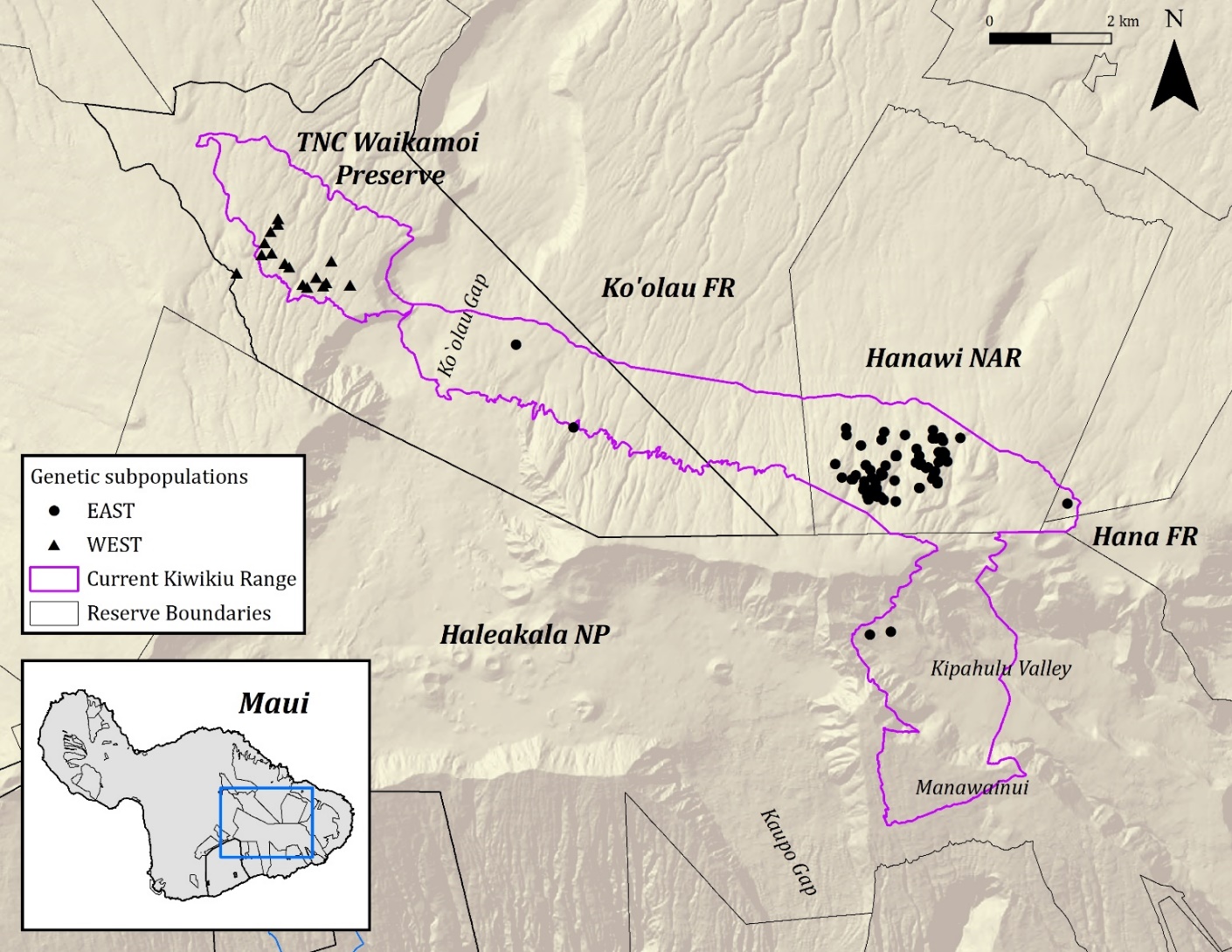KIWIKIU RECOVERY
MAUI'S MOST CRITICALLY ENDANGERED FOREST BIRDThe Kiwikiu (Maui Parrotbill; Pseudonestor xanthophrys) is a critically endangered Hawaiian honeycreeper endemic to the island of Maui. Once found across much of the islands of Maui and Moloka’i, the Kiwikiu is now limited to 30 km2 of wet rainforest on windward east Maui. Their historic range covered multiple forested habitat types from high elevation wet forests to lowland dry forests. Subfossils have been found down to 200 m in elevation in the Kahikinui region in southeast Maui and the fossil sites on Moloka‘i are at coastal dunes.
Like many other native forest bird species, Kiwikiu are primarily threatened by non-native species, loss and/or alteration of habitat, and climate change. Wide-scale deforestation for agriculture and livestock grazing has reduced the amount of forest cover on the island of Maui to a fraction of prehistoric levels. The subsequent addition of invasive plant and animal species further eroded the extent of native forest and reduced forest quality throughout the island. Furthermore, introduced avian diseases restrict Kiwikiu to forests above 1200 m in elevation, above the elevational range of disease vectors; i.e. mosquitoes. As such, the current range of the species is constrained by the combination of the distribution of high-quality native forest and disease vectors. The current range of the species is located on the windward slopes of Haleakalā Volcano from The Nature Conservancy’s (TNC) Waikamoi Preserve in the east to the Manawainui Planeze in Haleakalā National Park.
Current Kiwikiu (Maui Parrotbill; Pseudonestor xanthophrys) species range (Total area = 29.92 km2) and land management areas. Also shown are the genetic sampling locations, including showing collection sites of initial captive individuals (east). Subpopulations, east and west, are based on an analysis of genetic population structure by Mounce et al. (2015).
Species Status
Endangered. The first comprehensive population survey for Kiwikiu was done in 1980 as part of Hawai‘i Forest Bird Surveys. The population estimate at that time was 502 ± 116 individuals. While subsequent surveys have shown densities in certain portions of their range as similar to 1980, none have been able to conclusively show that the population is stable across its range. The recent 2017 range-wide study estimated Kiwikiu abundance at between 44 – 312 (95% CI; mean 157) individuals (analysis still in prep, not peer reviewed). While alarming, abundance estimates for the species have historically shown significant variability and the low precision of each estimate should not be ignored. However, overall abundance is realistically fewer than 312 and the population may be declining.
Recommended Conservation Management
Data show a species in decline. Current rates of reproduction and survival will not sustain the population into the future. Population viability analysis predicts the extinction of the species within 10 years. The forests that the Kiwikiu currently exists in are well protected: habitat management already includes removing ungulates and invasive species. Managers do not currently have the tools necessary to be able to mitigate the remaining threats in their current range (avian disease, vector and predator control on a landscape scale, weather). Climate change models predict that Kiwikiu habitat could decrease to 7 km2 on the windward slope by 2080-2100.
The U.S. Fish and Wildlife Service (USFWS) Recovery Plan (2006) called for the creation of a second population of Kiwikiu within its historical range to protect the species from catastrophic loss in its small current range. The Kahikinui region of Maui on the leeward slope of Haleakalā was selected as the site of a new population of kiwikiu. Nakula Natural Area Reserve was selected as the first release site to begin establishing the species in the Kahikinui region. The Maui Forest Bird Working Group (MFBWG) wrote a comprehensive Kiwikiu Reintroduction Plan (MFBWG 2018). After many years of preparation, 14 Kiwikiu were transferred to the site: seven wild birds translocated from Hanawi NAR and seven from the conservation breeding program.
Captive Breeding
The Kiwikiu captive population was initiated in 1997 and founding individuals were collected from the eastern subpopulation in 1999, 2001, and 2005. San Diego Zoo Wildlife Alliance manages the Hawaiian Endangered Bird Conservation Breeding Program at the Maui Bird Conservation Center and Keauhou Bird Conservation Center on Maui and Hawaiʻi Islands. The initial conservation breeding population was founded by five genetic founders. When proposed, the conservation breeding program was believed to be able to preserve 90% of the current genetic diversity for 100 years. Due to the relatively small number of breeding females and the unique life history characteristics (pair bonding, one egg per clutch, long juvenile dependency) of Kiwikiu, this conservation breeding program has seen limited success of this species in captivity.
Reintroduction
The creation of an additional population of Kiwikiu is a critical management action that is necessary to improve the long-term population viability of the species and is a high-priority action listed in the species’ recovery plan, and for USFWS, DLNR-DOFAW, and MFBRP.
Short-term objective: to create a disjunct population of Kiwikiu, separate from the main source population, which survives through multiple years.
Long-term objective: the newly established population of Kiwikiu to be self-sustaining, successfully breeding, and to achieve sufficient size to provide significant protection from extinction in case the source population is threatened or extirpated. Achieving this goal will require substantial resources, committed over a long period.
After many years of preparation and planning, including building infrastructure, controlling predators, and reducing mosquito densities in Nakula NAR, 14 Kiwikiu were transferred to the site: seven wild birds translocated from Hanawi NAR and seven from the conservation breeding program managed by San Diego Zoo Wildlife Alliance. The birds were moved to Nakula in mid-October of 2019 and releases were completed a few weeks later. After release, birds were monitored using radio telemetry through November 2019, at which point all birds had either died or disappeared (except one individual who was transferred to the conservation breeding facility for treatment).
Necropsies were performed to determine cause of death and indicated avian malaria as the primary cause of death for all recovered individuals. Read 2019 Kiwikiu Conservation Translocation Report here.
Post-2019 Attempted Reintroduction to Leeward Haleakala Update
The disappointing outcome of the 2019 translocation has revealed that the Nakula NAR is no longer suitable for future releases without effective mosquito control measures. The rapid increase in mosquito numbers at the release site has raised additional concerns about similar alternative locations elsewhere on Maui. These recent events highlighted the need for new strategies to prevent the extinction of Kiwikiu.
2021 Proposed Actions for Kiwikiu Recovery
With the need for new strategies to prevent the extinction of Kiwikiu the MFBWG have compiled proposed actions. These actions were presented to the Board of Land and Natural Resources in 2021. You can find the proposed actions and news articles discussing the need for these actions laid out in the following:
- BLNR Letter and Slides
- BLNR Presentation
- News Articles about Kiwikiu Next Steps: Maui News and Environment Hawaii
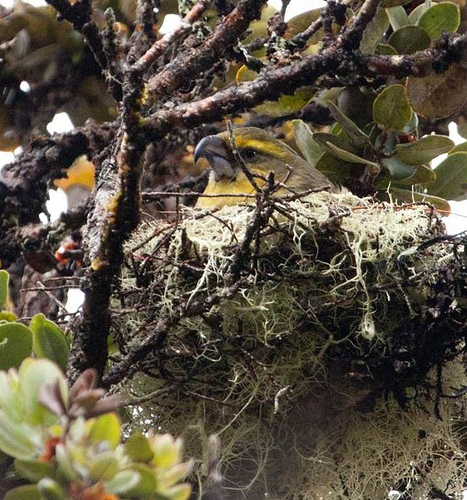
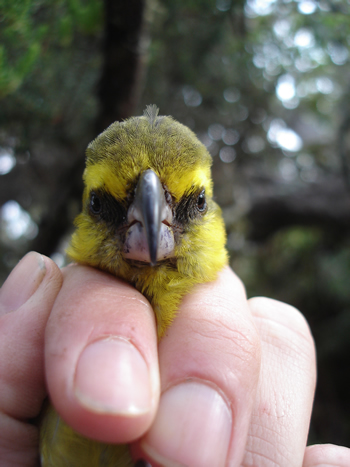
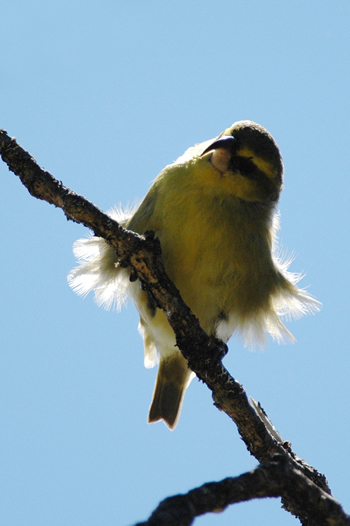
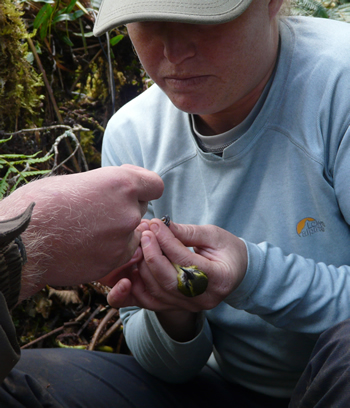
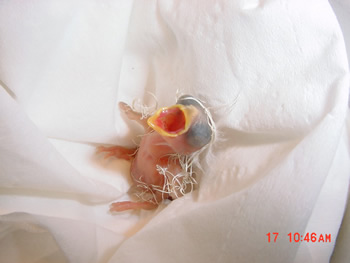
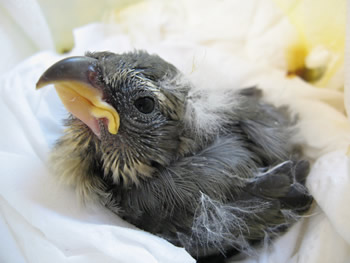
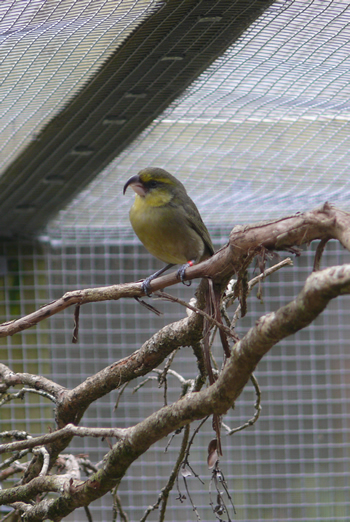
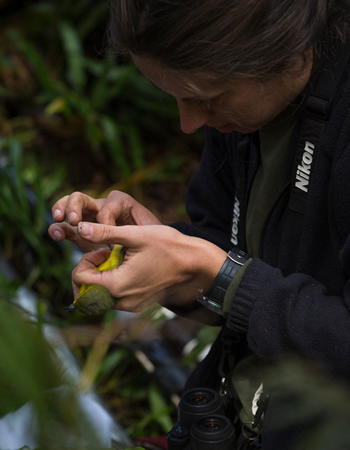
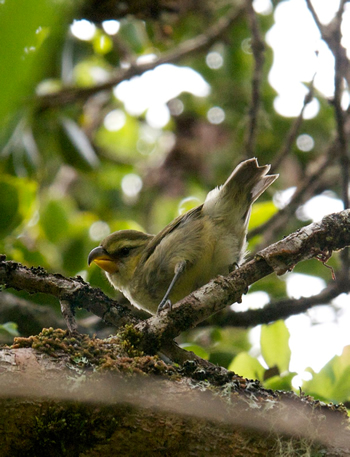
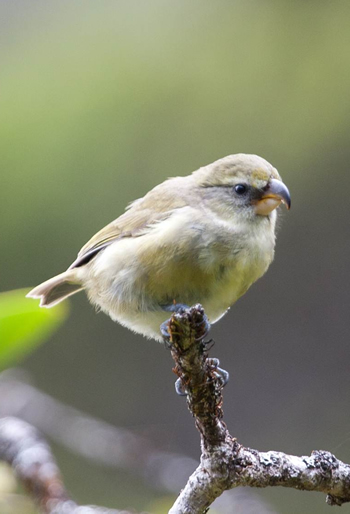
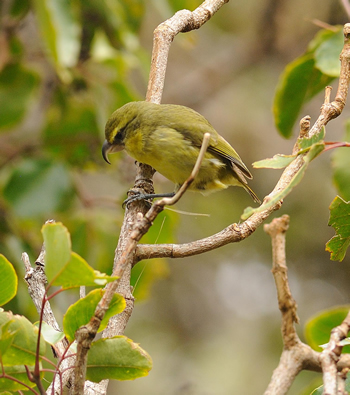
Save the Forest, Save the Birds
It takes a community of dedicated individuals and support to make conservation happen
